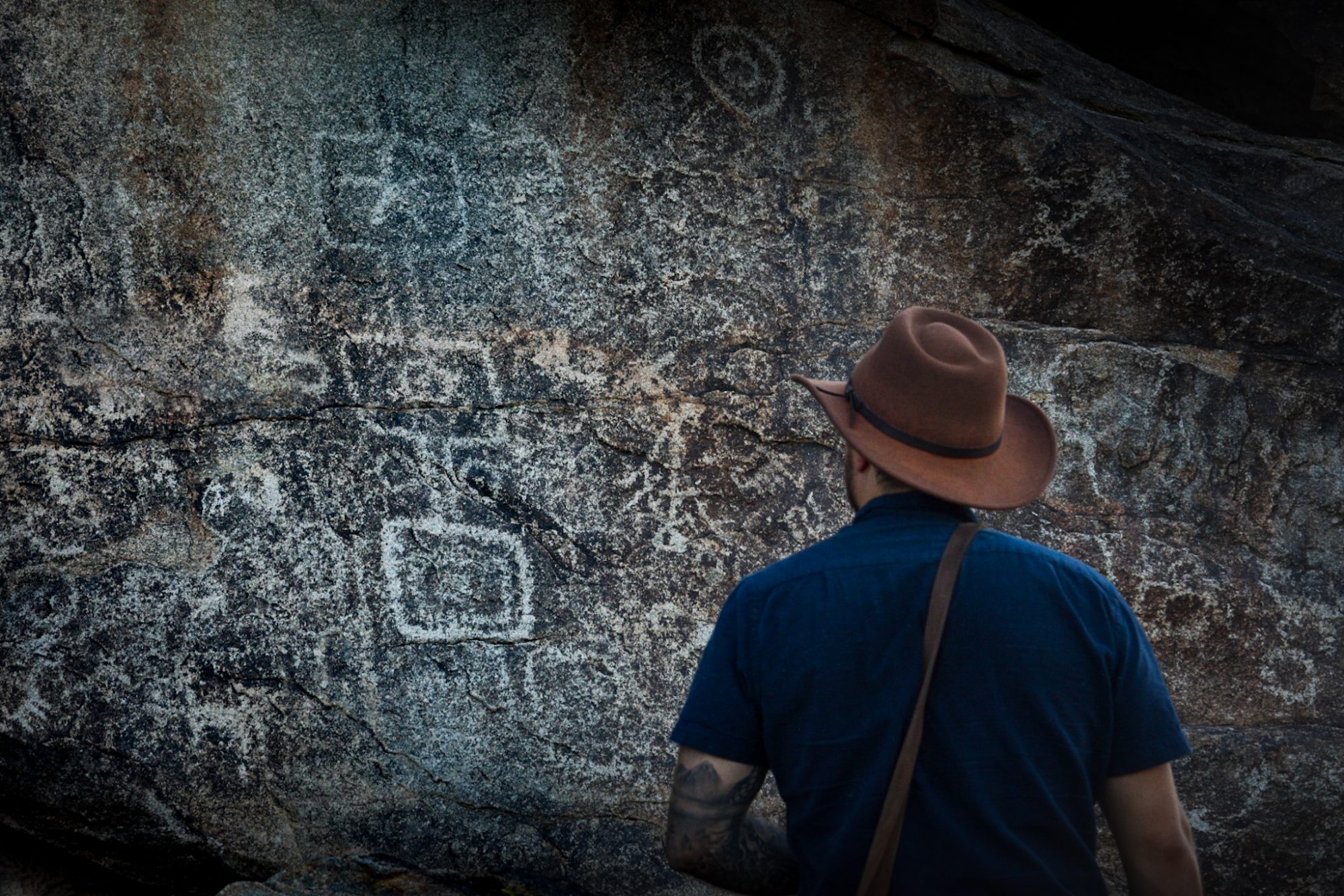The American Southwest is replete with the tales and mysteries of an ancient people, as told through their enigmatic rock-writing, also known as, the petroglyph. From these ancient peoples, one culture differentiates itself from its prehistoric brethren in a number of ways; one of these being their motifs, such as the somewhat unsettling, “pipette.”
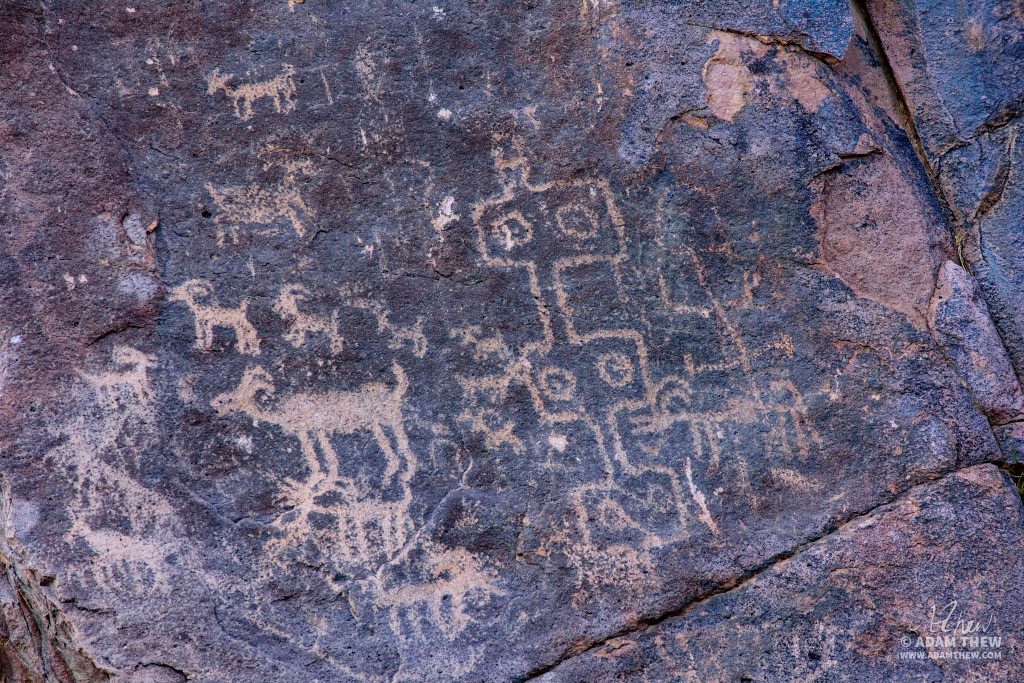
Pipettes, though similar, are not so redundant as to be exactly the same, but share a number of similar attributes. Most are characterized by a number of (predominantly) stacked rectangles—usually three, but numbers vary—tethered by thin stems (what I’m calling them, anyway). Geometric shapes, such as circles or stars, etc, furnish the interior(s) of one or more of these rectangles, or alongside the stems; even outside the figure, altogether. When circles are used, they most often number only two, and most frequently are placed near the peak of each figure, giving it a ghostly appearance; as if to represent its eyes.
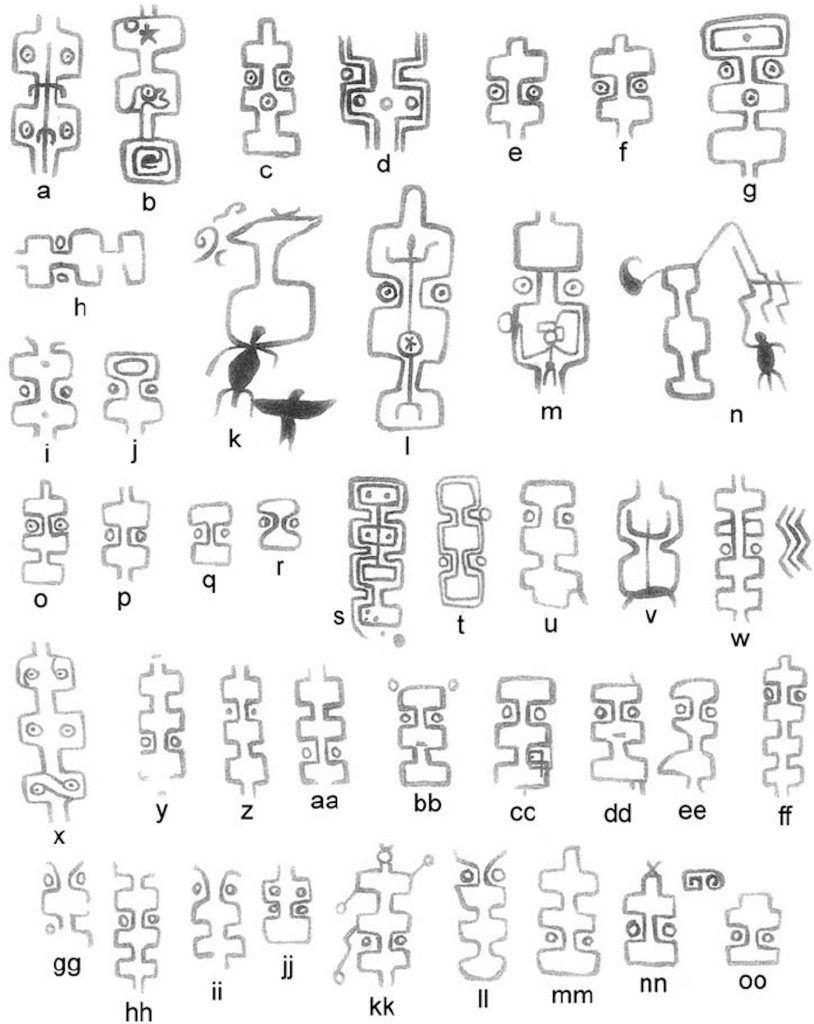
This motif is most comfortably associated with the Hohokam culture of Central Arizona. This being the case, however, does not limit its scope to the edges of the Phoenix Basin, or even Arizona, itself. Similar designs have been discovered along the West Coast, near San Diego; as far East as San Miguel or Three Rivers, New Mexico; and even South into Mexico. Of the sites boasting these glyphs, many tend to be large and important; and within them are given a place of prominence and honor among their various messages etched in stone; so we can assume its meaning, to these natives, to be of paramount importance.
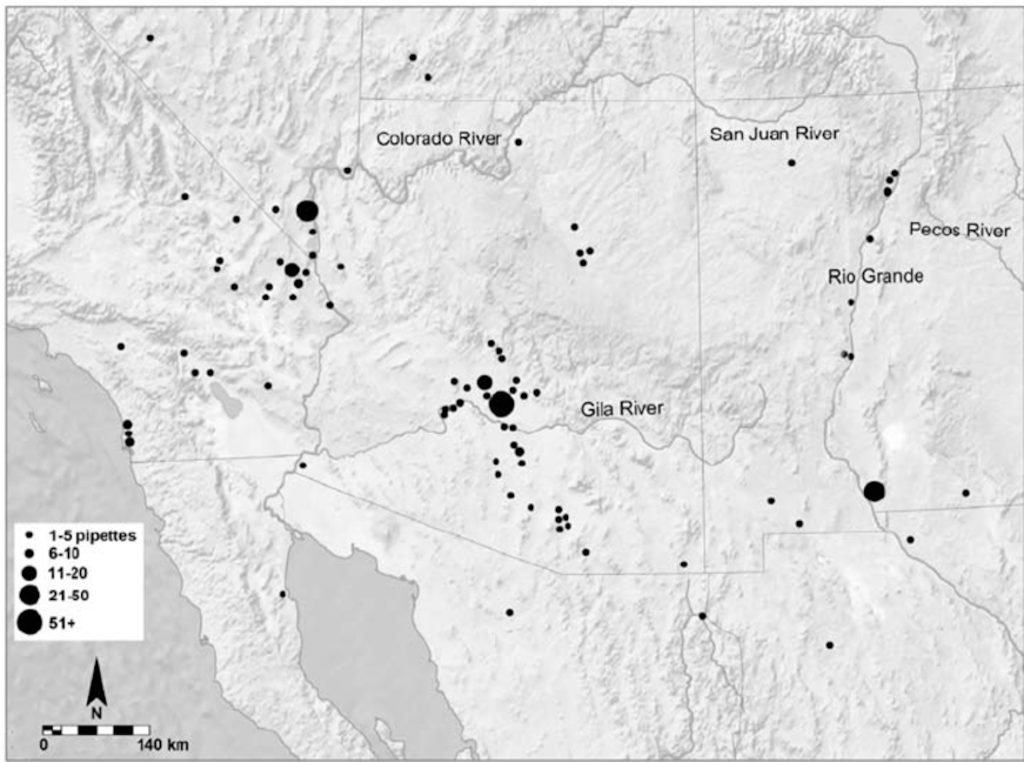
Some archeologists theorize a Mesoamerican origin for the pipette in the form of Tlaloc, the Rain Deity amongst the Aztecan pantheon (also water, lightning and agriculture). In fact, many argue the bulbous eyes of Tlaloc and its blocky form to be analogous with those of the pipette. The idea of a Mesoamerican connection isn’t so farfetched; in fact, the Hohokam were known to be associated with the region through trade. It is possible that, through commerce, in addition to the various practical and tangible goods exchanged, might also have been acquired, new cultural and religious practices and beliefs. The very word “Tlaloc,” translates to “he who makes things sprout.” Perhaps, in this translation, we find another clue: It is conceivable that, despite their successes in the arid Arizona desert, with their irrigation canals and reservoirs, and other applied water technologies, that they were found lacking in some way. One might ascertain the perceived need of this so-called rain deity to make the desert bloom.
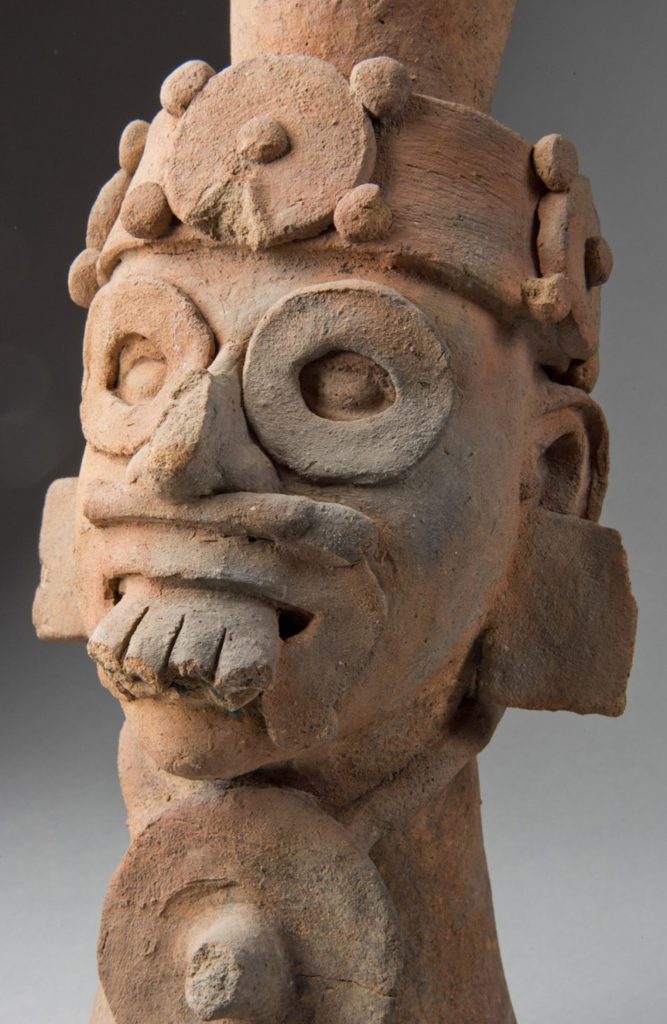
Will G. Russel, Historic Preservation Specialist, argues the representation of a “tiered cosmos and axis mundi.” He writes, “The pipette’s compartmentalization signifies the conceptual metaphor ‘the cosmos is of containers’” Indeed, this concept was no stranger to the Aztecan lexicon. Axis Mundi refers to Earth’s axis between the celestial poles. He continues, “The motif’s distribution across the North American Southwest demonstrates that it was a key religious symbol that accompanied the adoption of Mesoamerican-like religious beliefs and practices beginning in the eighth century or before.”
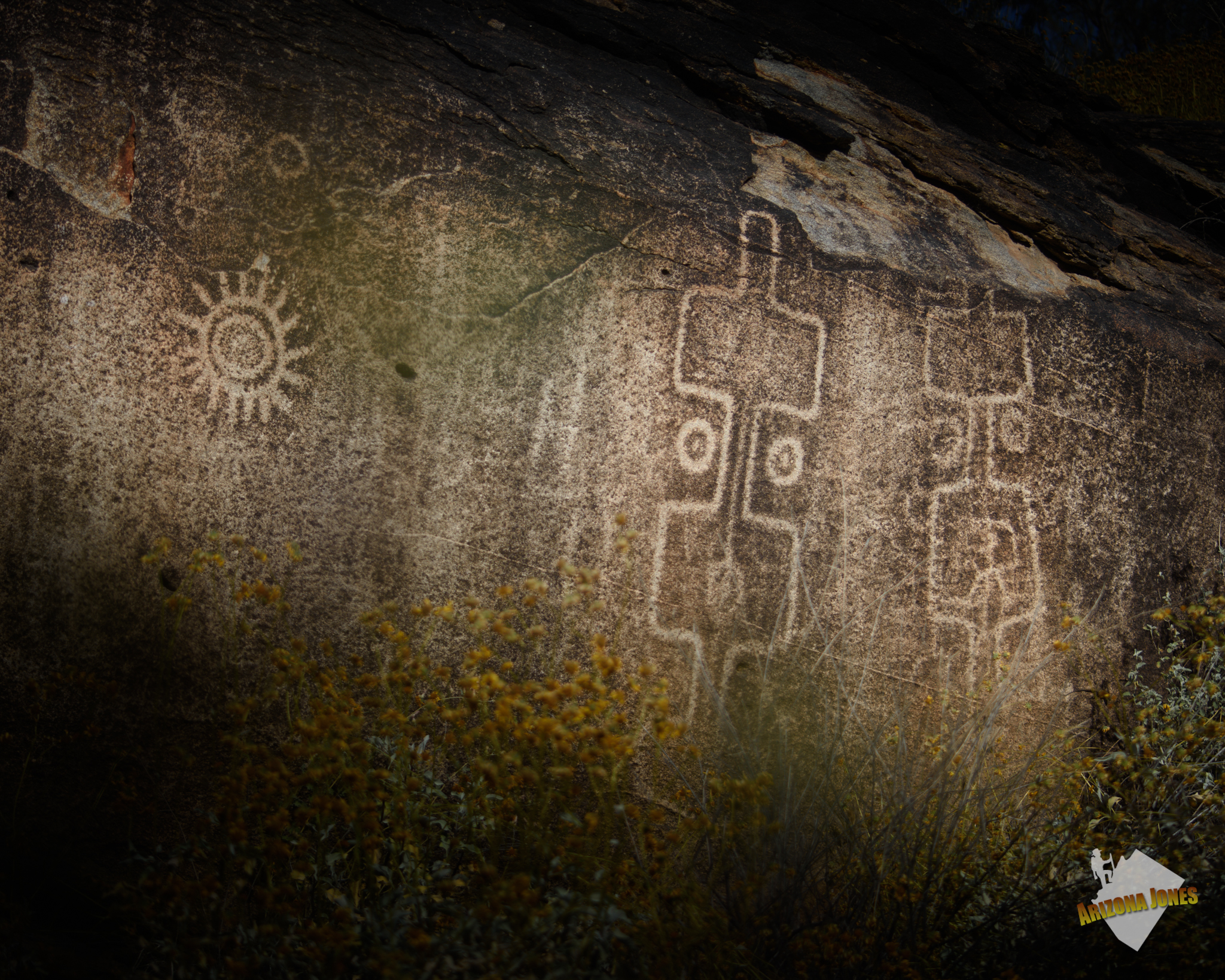
South Mountain Pipettes 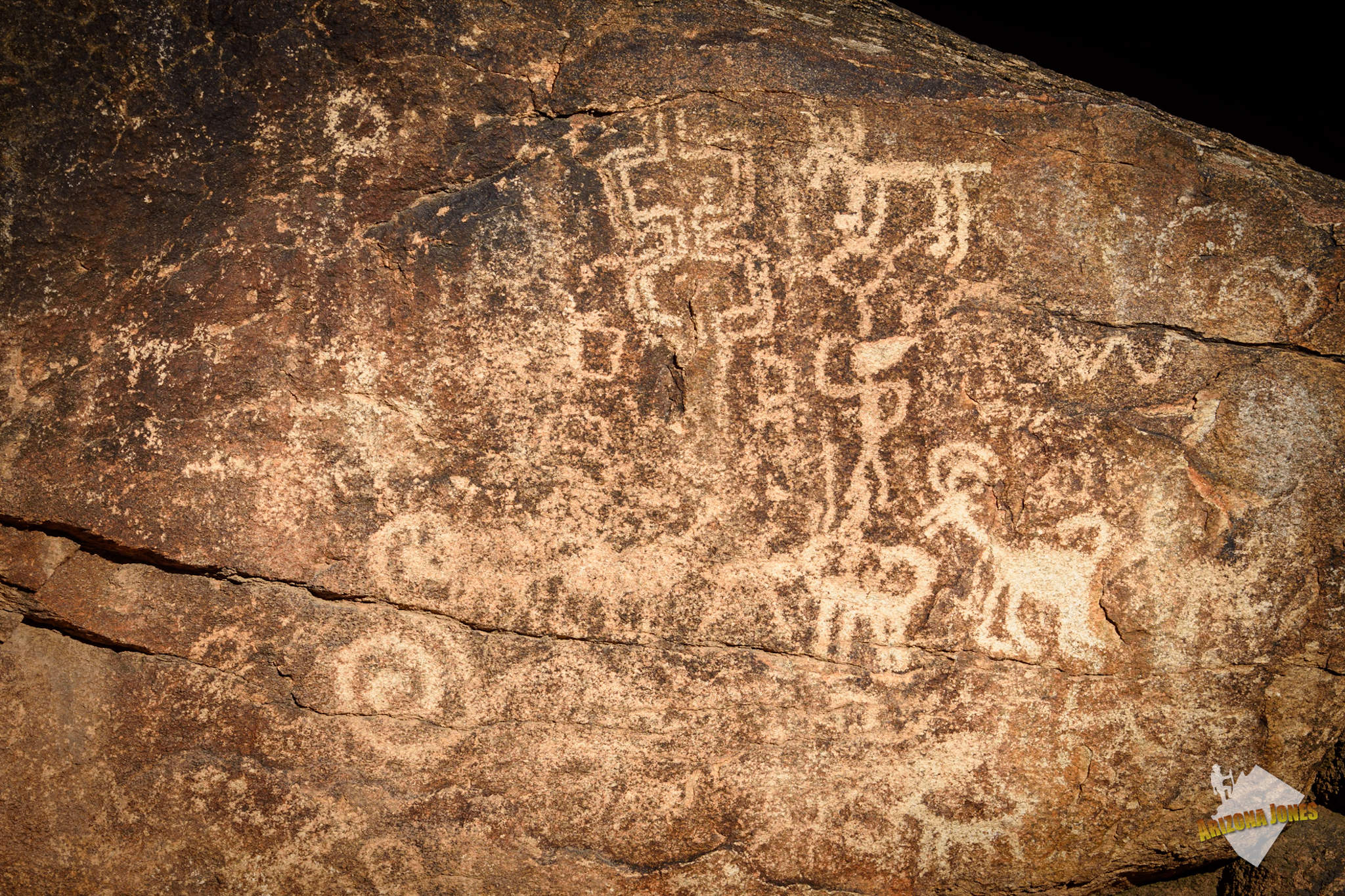
South Mountain Pipette 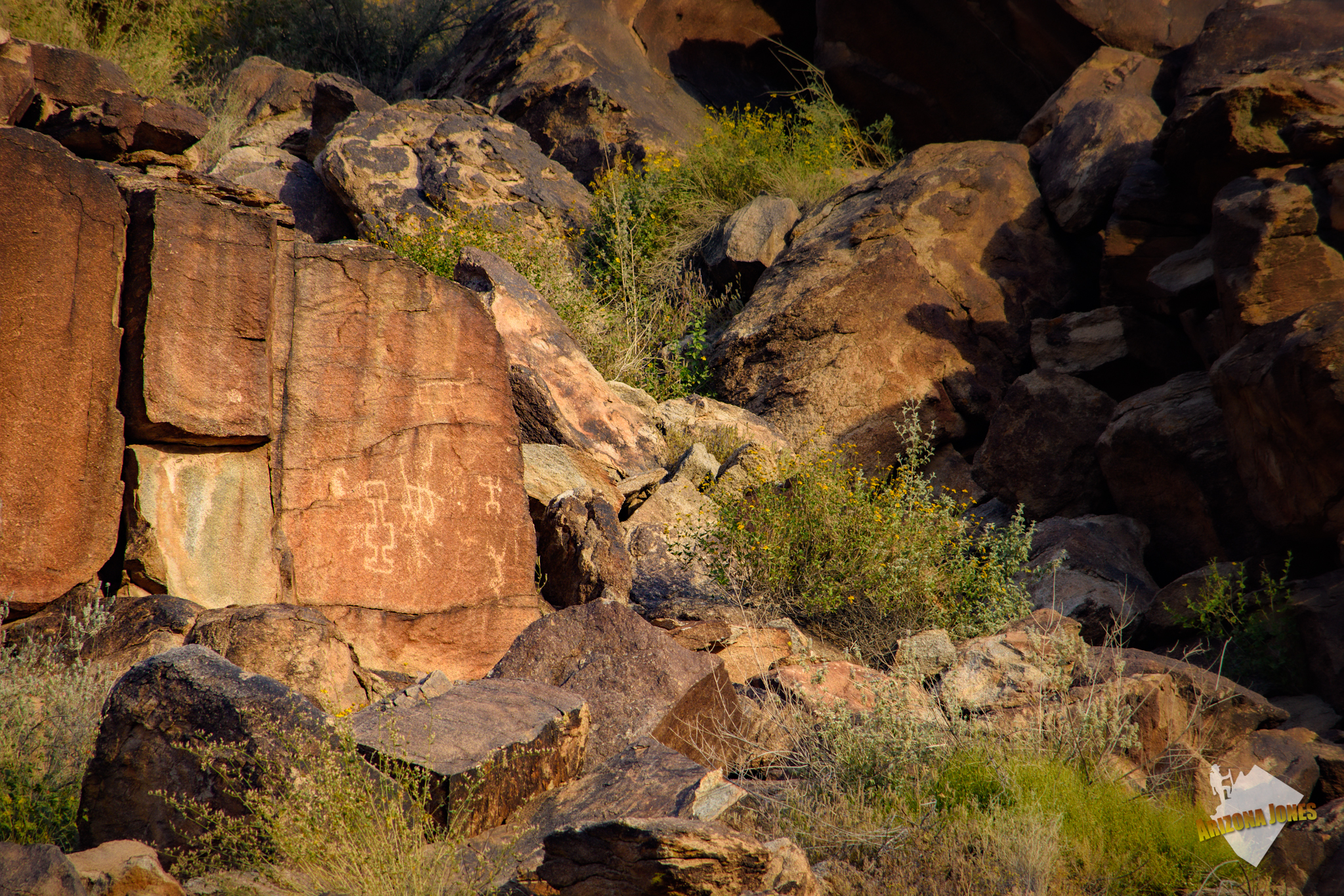
South Mountain Pipette 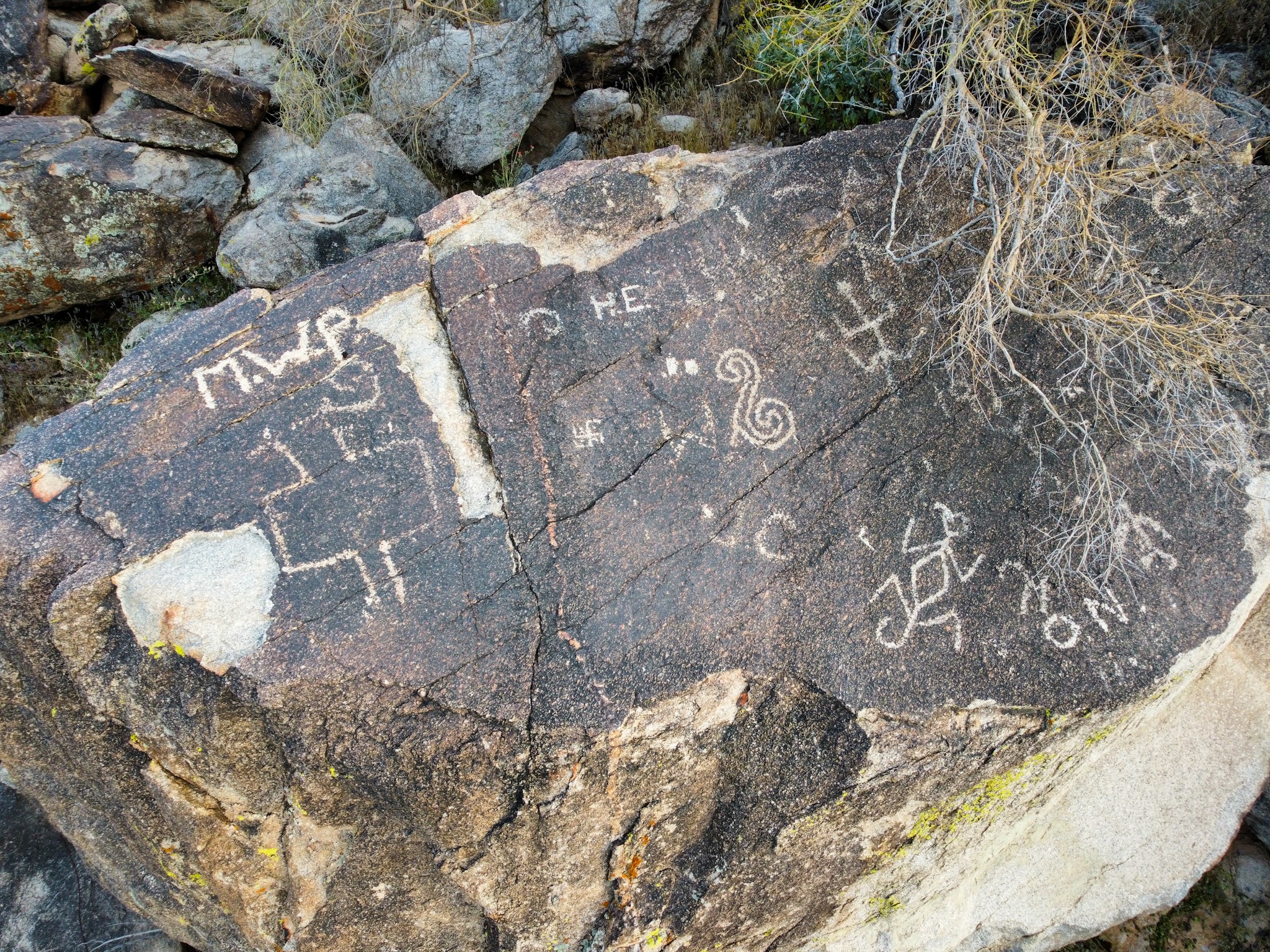
South Mountain Pipette Graffiti
Some of these likely supported greater function. One such pipette is found at South Mountain, in Phoenix (as seen in the first image). At dawn of the Summer Solstice, as the sun begins its ascent across the sky, [the pipette] will briefly distinguish itself as a celestial marker. The crawling shadows will, for a few brief moments, settle over the star within the top container of the figure (regrettably, I missed my opportunity to capture this event).
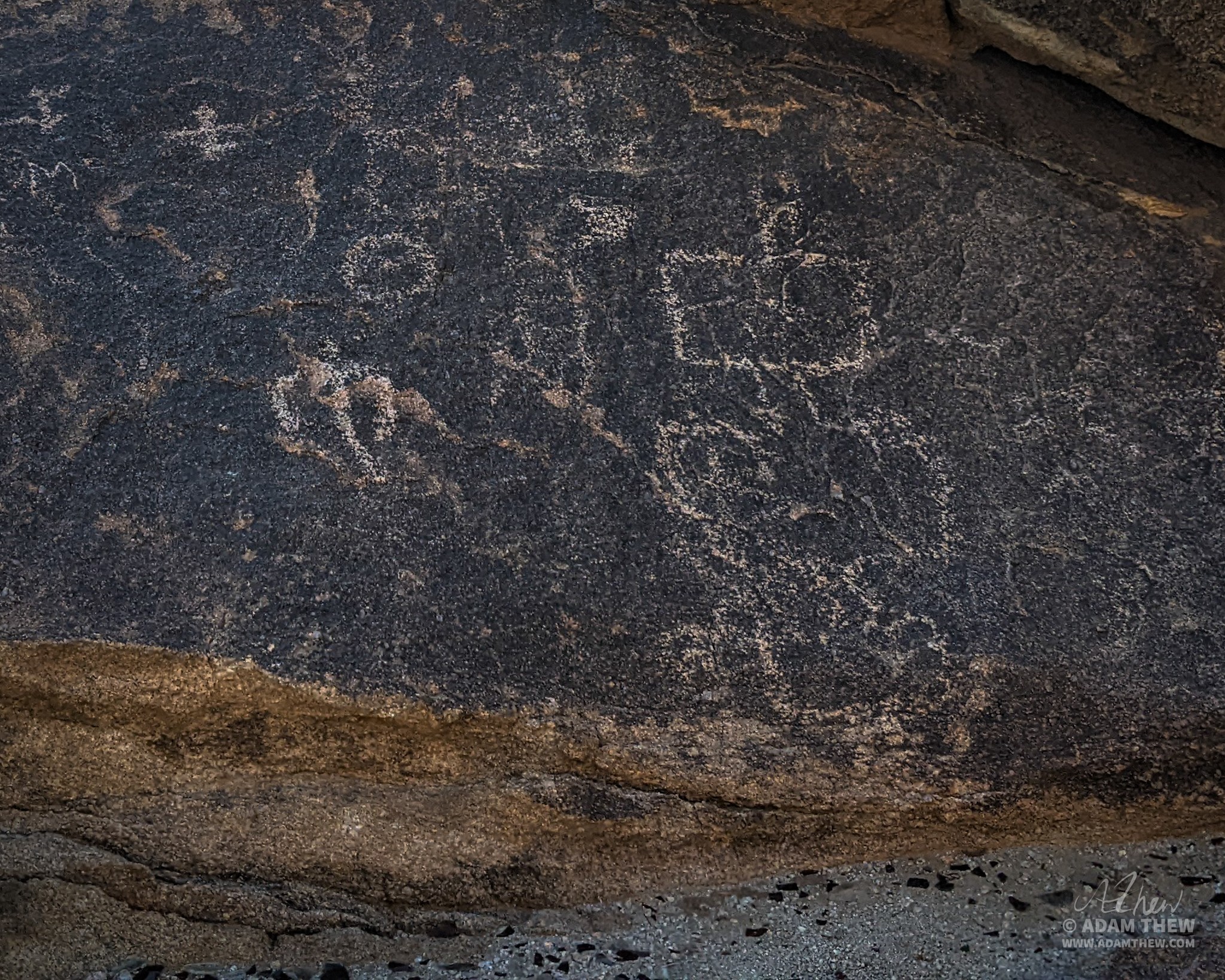
Estrella Wilderness Pipette. 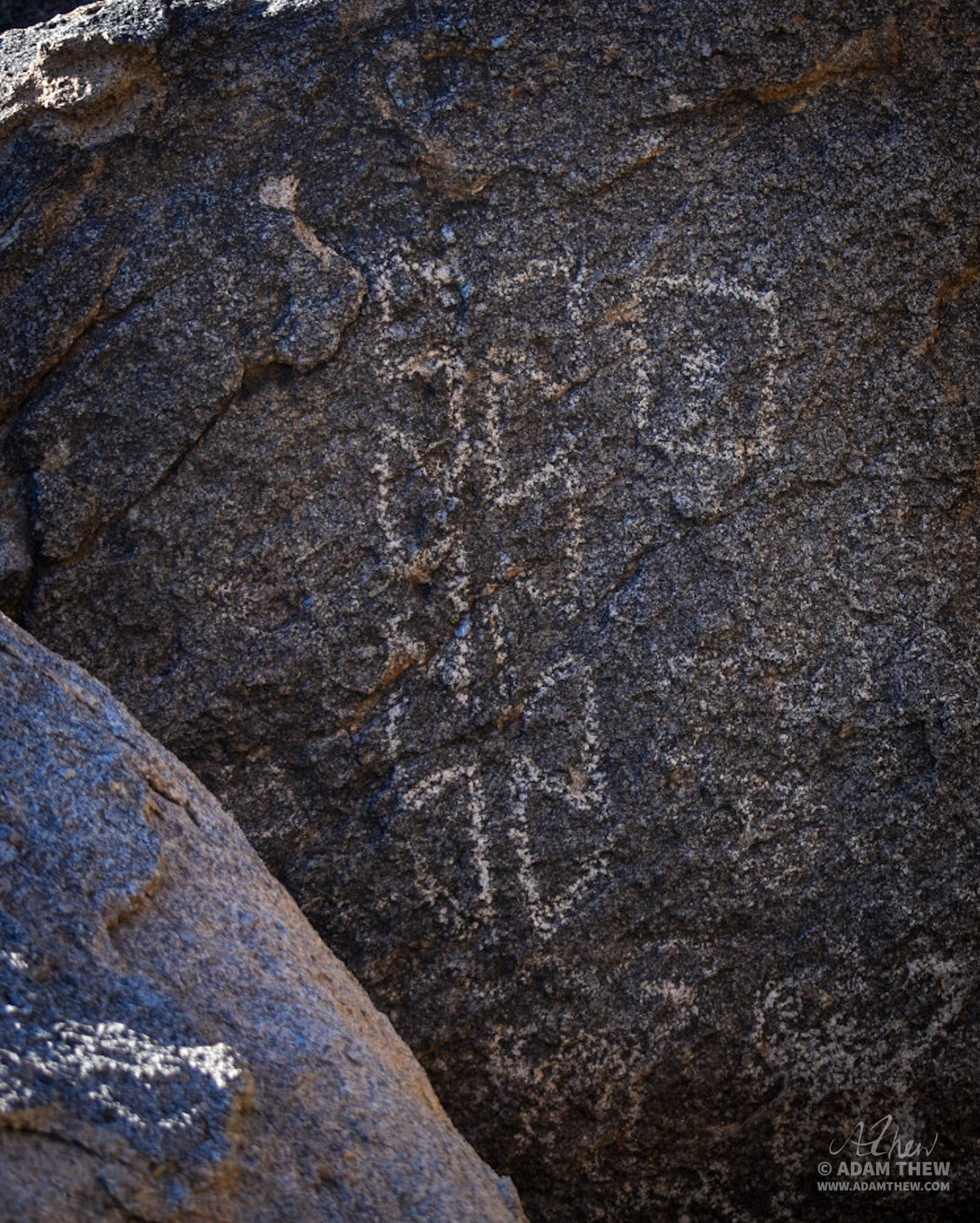
Possible Pipette—Unusual, but Similar Design.
Years ago, after Arizona Highways Magazine published a story about these motifs, the most brilliant of them was lifted from its place never to be seen again.
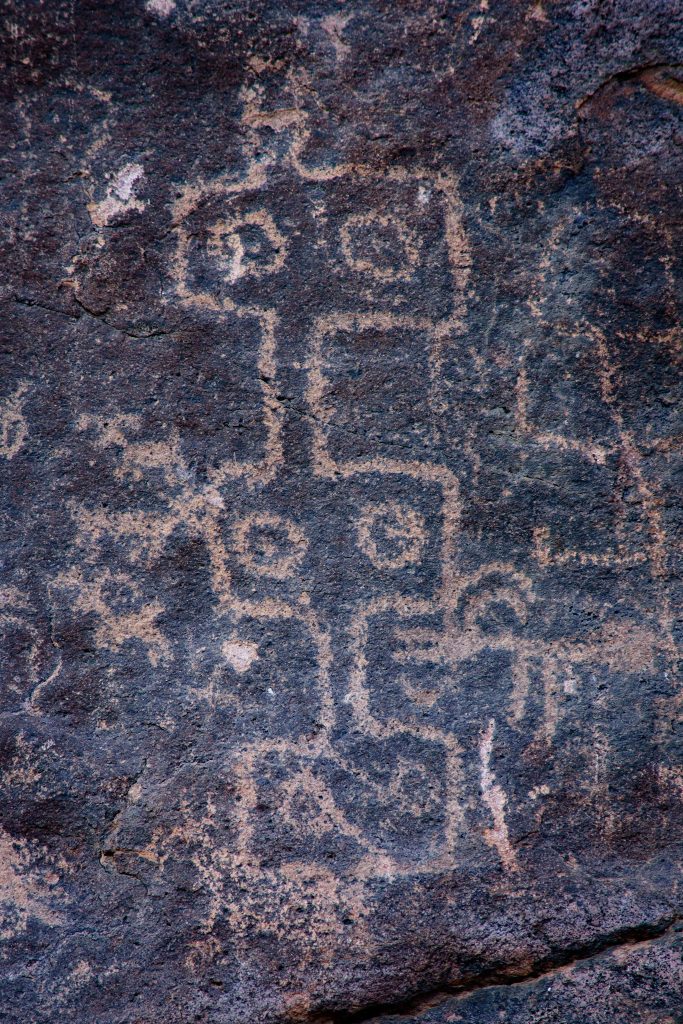
Sources
Will G. Russell, and Aaron Wright. “The Pipette, the Tiered Cosmos, and the Materialization of Transcendence in the Rock Art of the North American Southwest.”
David Grant Noble. “The Hohokam: Ancient People of The Desert.”
Well, I hope you found this article to be both informative and entertaining. If you find value in my work, please help me continue my work by supporting me through one of the following:
Contribute to Arizona Jones
GiveSendGo: https://www.givesendgo.com/theazjones
Patreon: https://www.patreon.com/theazjones
Store: https://www.theazjones.com/store

